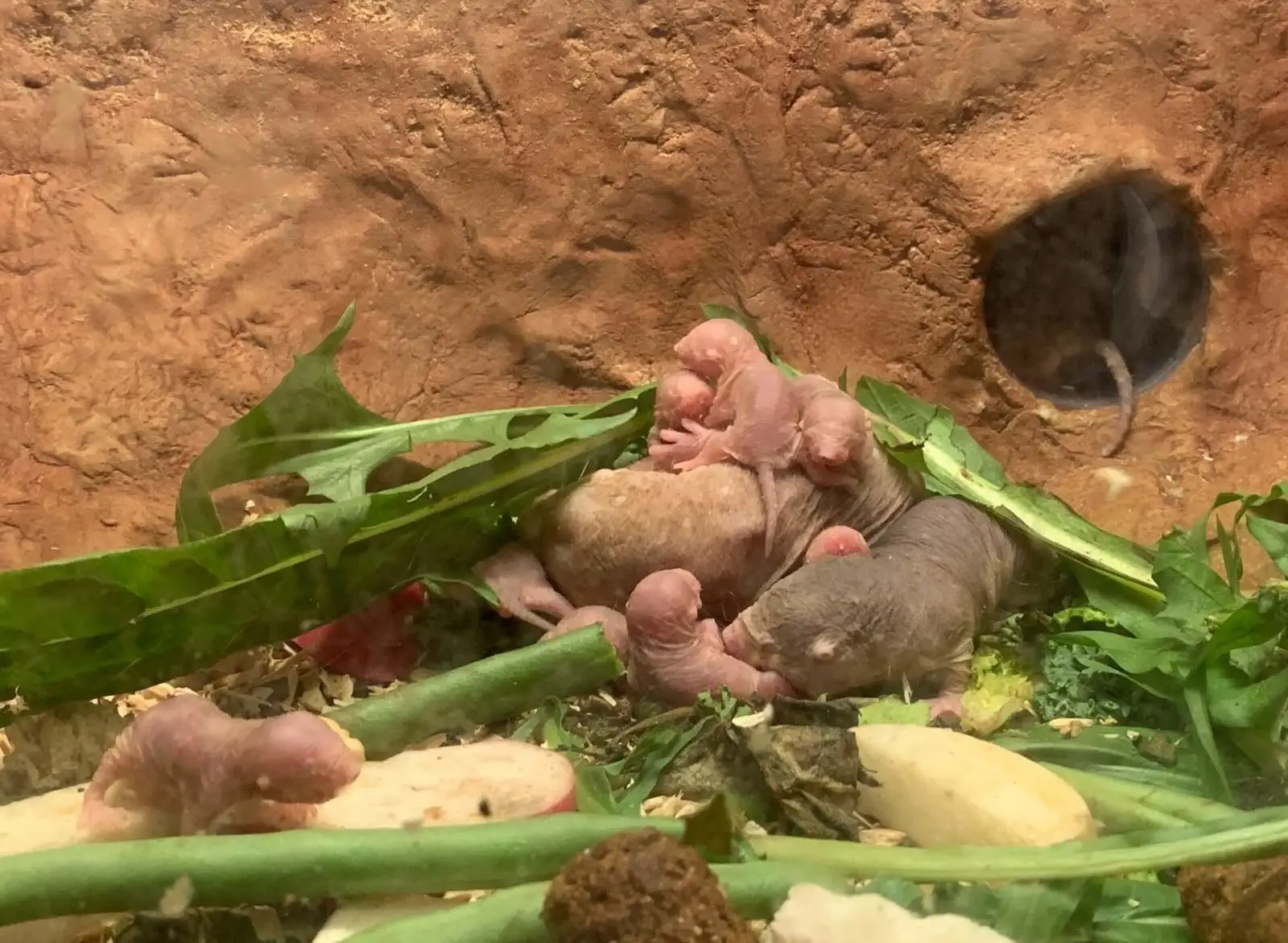You’ve tried the serums, the green juice, the “miracle” supplements from influencers who barely look old enough to rent a car. But meanwhile, out in the wild? Animals are out here thriving—wrinkle-free, stress-free, and 100% untouched by plastic surgery or pharmaceutical-grade collagen. Seriously, have you seen a tortoise lately? That guy’s older than your grandma and still living his best slow-mo life.
Turns out, nature might have cracked the code on graceful aging long before we invented eye cream. From playful dogs to chill whales to actual immortal jellyfish (yes, really), animals have found shockingly effective, totally natural ways to stay young—no med spa required. Ready to steal their secrets? Let’s break down 15 ways wild creatures stay youthful, one nap, dust bath, and deep breath at a time.
1. Naked Mole Rats: Aging in Slow Motion
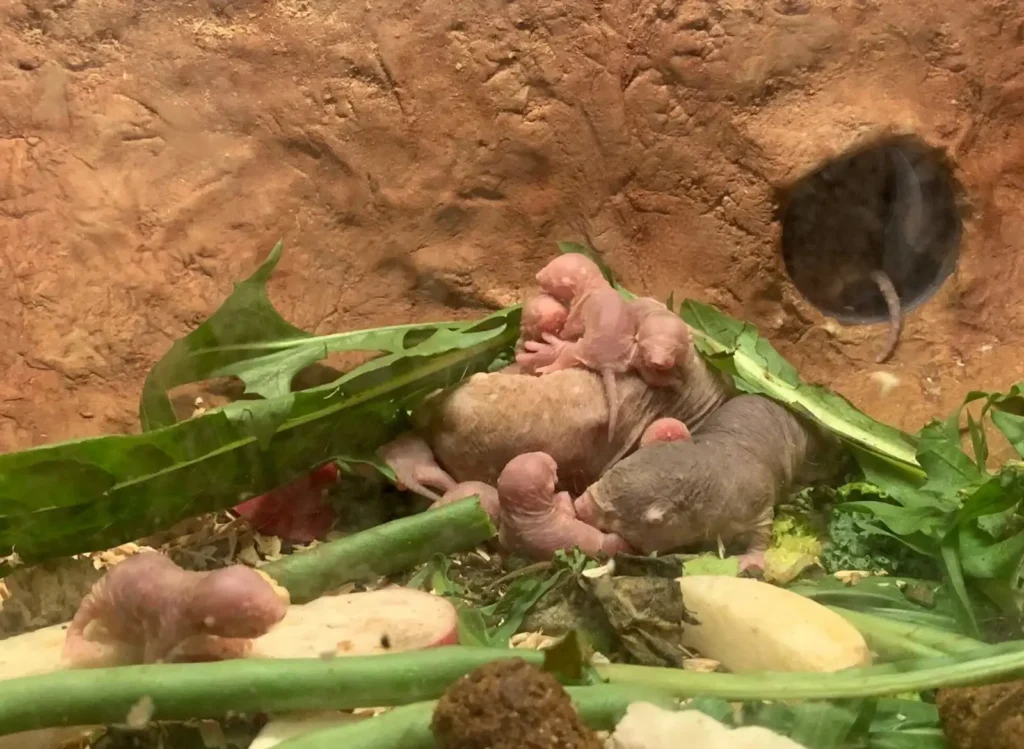
Naked mole rats may not be winning beauty contests, but when it comes to longevity, they’re basically Benjamin Button in rodent form. These little weirdos live up to 30 years (insane for a rodent), and they do it with almost no signs of age-related decline. Like, none. They don’t really get cancer, they don’t lose muscle tone, and their heart health remains steady well into their twilight years.
Scientists think it’s due to a mix of ultra-efficient cellular repair systems and freakishly low metabolic stress. According to Science Direct, researchers have been studying these creatures in hopes of understanding how they manage such youthful resilience. And yes—some of those secrets might even translate to humans. Until then, maybe start by stressing less and eating like you live in a cozy underground commune. Naked mole rat aesthetic: not cute, but deeply effective.
2. Elephants: Daily Dust Baths and Zero Burnout

Elephants are the original spa queens. One of their go-to rituals for staying youthful? Rolling in the dirt. Yep—dust baths. These help protect their skin from sun damage, parasites, and moisture loss. Kind of like a giant, all-natural exfoliating mask—only without the overpriced label.
But it’s not just skincare. Elephants also live in tight-knit family groups, have active social lives, and chill. Like, really chill. Stress management plays a huge role in how gracefully any species ages, and elephants basically wrote the manual. As The BBC notes, their emotional intelligence and deep social bonds help them process grief, joy, and even trauma in healthy ways. Honestly, it’s giving “balanced queen with boundaries” energy. Take notes and treat your next nap like a sacred ritual.
3. Green Sea Turtles: Long Swims, Long Lives
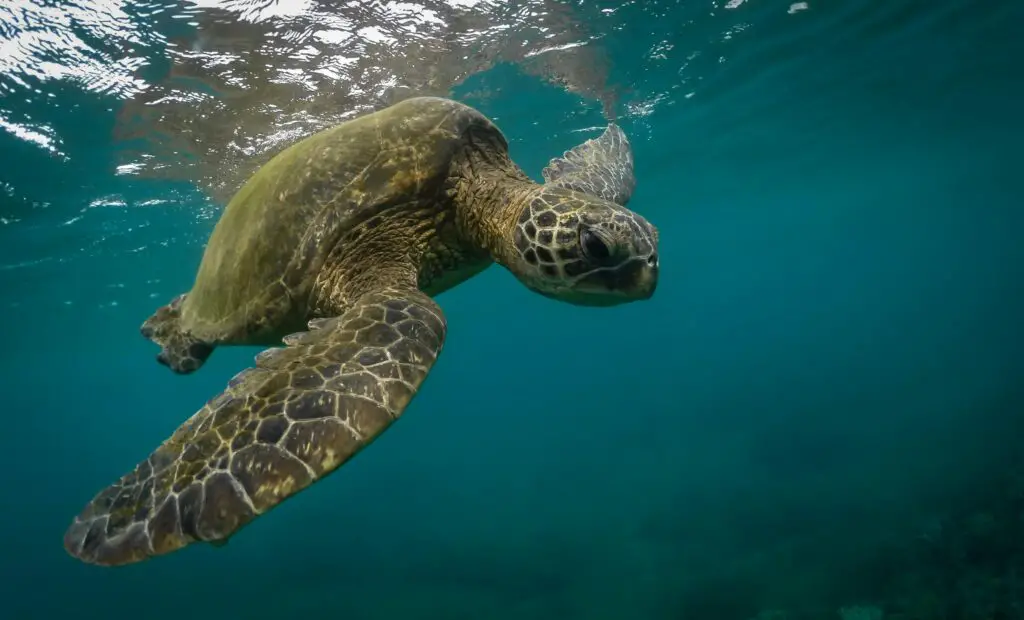
Green sea turtles are like the zen yogis of the ocean—graceful, low-key, and ridiculously good at aging slowly. Some live up to 80 years, and they do it without wrinkle creams or cryotherapy tanks. Their secret sauce? Constant movement and a diet that’s basically leafy greens on repeat.
These reptiles spend hours swimming every day, which keeps their joints, muscles, and cardiovascular systems in peak form. And when they’re not gliding through tropical waters, they’re munching on seagrass and algae—no processed snacks in sight. According to The World Wildlife Fund, researchers credit their active lifestyle and minimal inflammation for their longevity. If sea turtles had a podcast, it’d probably be called “Move More, Stress Less.” Maybe we don’t need to be on a beach diet—but a little less Uber Eats and a little more swimming wouldn’t hurt.
4. Parrots: Brain Games and Social Vibes
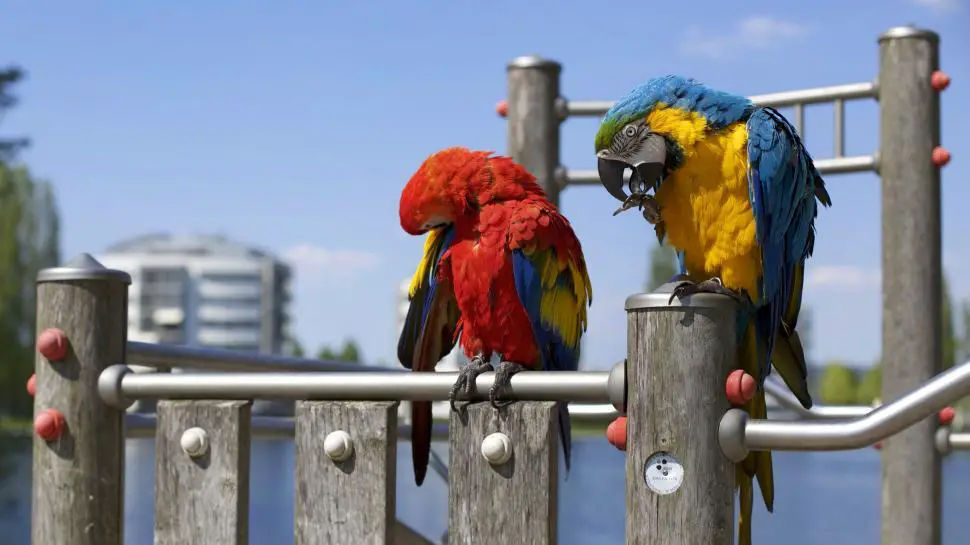
Parrots don’t just live long—they stay sharp. Some species can live 60+ years and still talk trash like it’s day one. Their real anti-aging flex? Mental stimulation and constant social interaction. Parrots are problem-solvers by nature, and they stay mentally active by mimicking, learning, and bonding.
They don’t spend their golden years zoning out—they’re playing games, building relationships, and keeping their little bird brains buzzing. As reported by The National Library of Medicine, cognitive enrichment is a major reason parrots avoid mental decline. Humans could seriously take a hint here: if you’re not keeping your brain busy, it starts going soft. So do that crossword. Learn that dance. And maybe talk to your neighbor more often (or at least your dog).
5. Jellyfish: The Literal Rewind Button
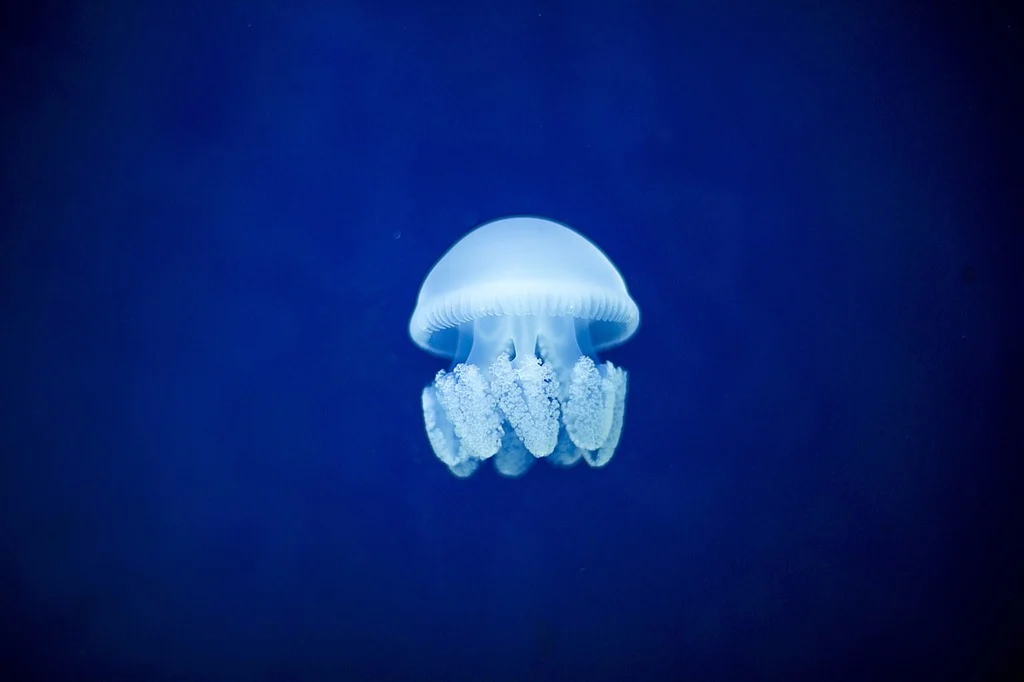
Okay, this one’s wild. Turritopsis dohrnii, aka the “immortal jellyfish,” doesn’t just age slowly—it straight-up reverses aging. When threatened, injured, or stressed, this jelly can transform its adult cells back into a younger state and start over. It’s the aquatic version of hitting “undo” on your entire biological timeline.
Scientists are still figuring out exactly how it works, but according to The Natural History Museum, this process involves cellular transdifferentiation, where one type of mature cell morphs into another. In human terms: it’s like turning your skin cells back into stem cells. Which is bananas. While we’re years away from turning ourselves into jelly blobs of youth, this discovery has huge implications for anti-aging science. Until then, maybe just take this as a reminder: nature is full of glow-ups we barely understand.
6. Sloths: Masters of Metabolism Management
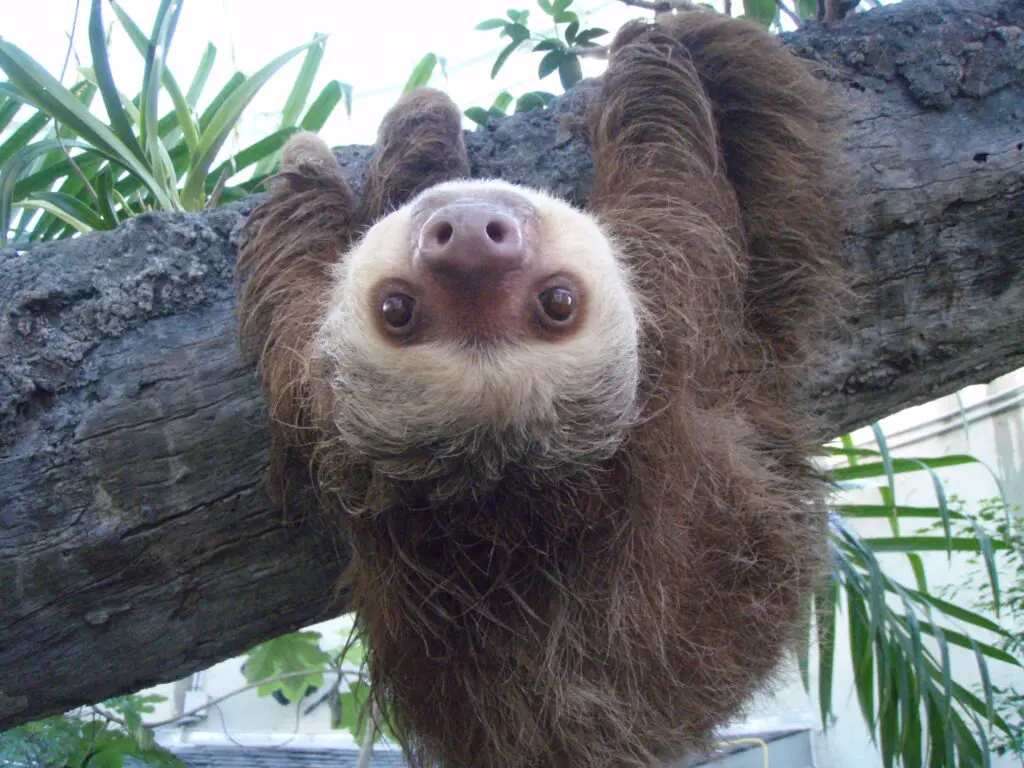
Sloths don’t rush, and honestly, that’s their whole aesthetic—and anti-aging secret. Their bodies burn energy at one of the slowest metabolic rates in the animal kingdom, which means less oxidative stress and cellular damage. Translation? Less wear and tear on their system.
They nap. They chill. They move when necessary and only when necessary. This “slow living” approach lets them avoid injury, reduce inflammation, and conserve energy like total zen icons. They’re not aging fast because they’re not pushing hard. Unlike humans, they’re not trying to squeeze productivity out of every second—they’re literally built to take it easy. So if you needed permission to cancel a plan and nap today, this is it. The sloth said so. And honestly? That kind of energy efficiency is a flex. Consider the sloth your minimalist wellness coach with impeccable boundaries.
7. Whales: Deep Breathers with Deep Lifespans
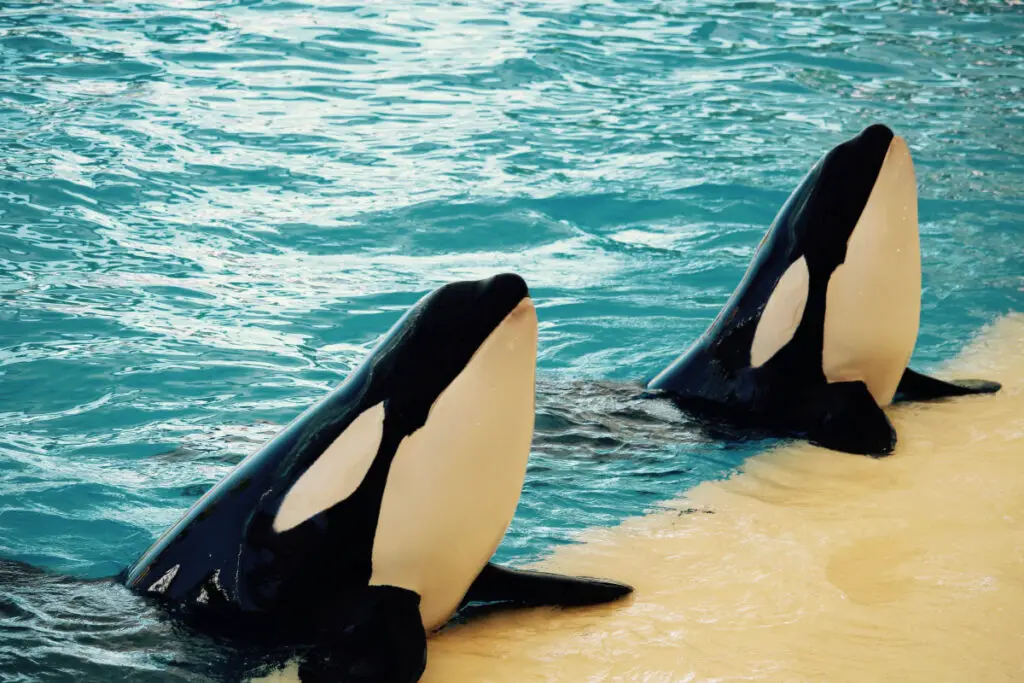
Bowhead whales can live over 200 years, and part of that is thanks to their epic breathing game. With lungs that inhale slow, steady gulps of Arctic air, they keep oxygen levels balanced and stress low. They also have unique genes that help them repair DNA damage like it’s NBD.
Their lives are long and drama-free, full of cold dives and graceful movement. No burnout, no TikTok addiction—just flow. What keeps them youthful is their rhythm: long, slow movements, low metabolic bursts, and avoiding the chaos of shallow living. Basically, whales are out here thriving because they literally know how to breathe. So next time you’re spiraling over an email, take a whale-sized breath. It’s the original wellness hack. Also: whales don’t have calendars, and that’s probably part of the magic. Deep, slow, and entirely unbothered? Sign us up.
8. Gorillas: Plant-Based and Proud

Gorillas may look like absolute units, but they’re all about that leafy green life. Their diets are high in fiber and plant-based—think fruits, stems, and leaves—which keeps their guts happy and inflammation low. No protein powders or keto snacks, just nature’s buffet.
What’s wild is that their massive strength doesn’t come from meat—it comes from efficient nutrient use and a chilled-out vibe. They spend a lot of time lounging, grooming each other (emotional support counts), and avoiding unnecessary stress. All of that adds up to healthy aging and minimal disease. Plus, strong family units and a predictable routine? That’s gorilla wellness 101. Be more gorilla: eat your greens, stay close to your crew, and don’t overcomplicate lunch. And maybe skip the supplements—your body knows what to do. If they can thrive without Wi-Fi, so can you.
9. Cats: Flexibility = Longevity

House cats aren’t just cute loafs—they’re low-key aging experts. One big secret? Flexibility. Cats stretch constantly, keeping muscles limber and joints fluid. That mobility means fewer injuries and better circulation as they age.
They also nap a lot, which gives their bodies time to repair. But the real kicker is how selectively they use energy—they sprint when it counts and chill the rest of the time. It’s strategic laziness, and it works. Add a consistent grooming routine and borderline psychotic hydration habits, and you’ve got a purring blueprint for aging gracefully. Stretch, sleep, hydrate, repeat. Just don’t knock a glass off the counter for fun. Their whole vibe is “I could if I wanted to.” And honestly, that quiet confidence is half the glow.
10. Bats: Hanging Around Preserves Their Youth
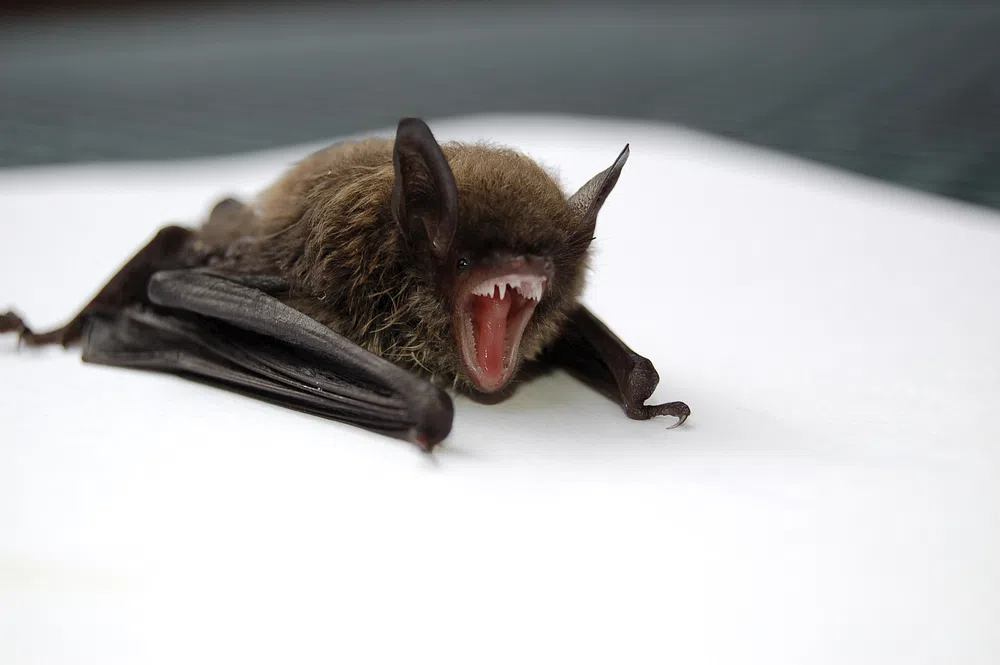
Bats literally sleep upside down, but that’s not even the weirdest part of their anti-aging magic. Many bat species live decades longer than other mammals their size, and scientists think it’s partly because their metabolism shifts while they hang. That posture reduces pressure on their joints and organs—like nature’s inversion therapy.
They also go into torpor (a mini-hibernation) to save energy, slow aging, and fight off illness. All while defying gravity in a cave. Their immune systems are crazy strong, likely due to constant exposure to viruses—which forces their bodies to evolve rapid responses. And when they fly? Low-impact cardio, baby. It’s the most goth fitness plan ever: hang upside down, nap deeply, and fly often. If you’re into yoga and immunity, bats are basically your spirit animal. And if you’re into sleeping like a chandelier? You’re already halfway there.
11. Sharks: Anti-Aging Apex Legends
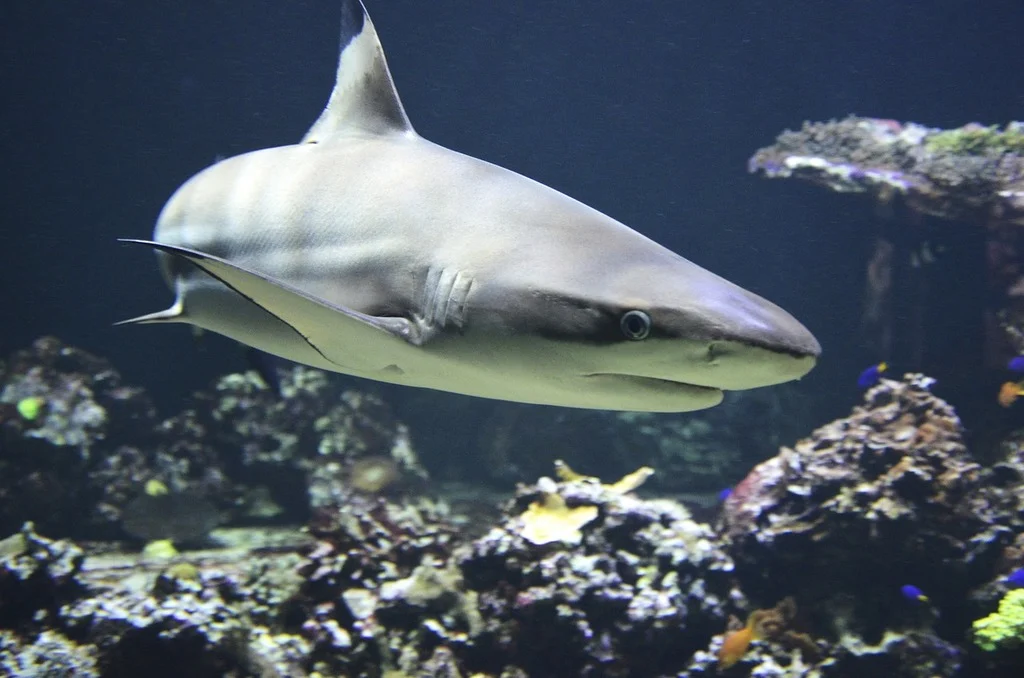
Greenland sharks are the cryptid grandpas of the sea—they live over 400 years. Four. Hundred. Years. And they do it by barely moving, keeping their metabolism glacial, and living in the deep, cold ocean where everything slows down.
That slow pace protects their cells and reduces the stress that comes with, well, being alive. They also experience very few predators, which lowers the threat response hormones that age the body. Their secret? Longevity through stillness, patience, and not rushing a single thing. While humans burn out chasing deadlines, Greenland sharks are out here minding their business and sipping that icy ocean tea. You don’t need to move fast—you just need to last. It’s not laziness—it’s strategy. Cold-blooded never looked so wise.
12. Dogs: Play = Eternal Youth
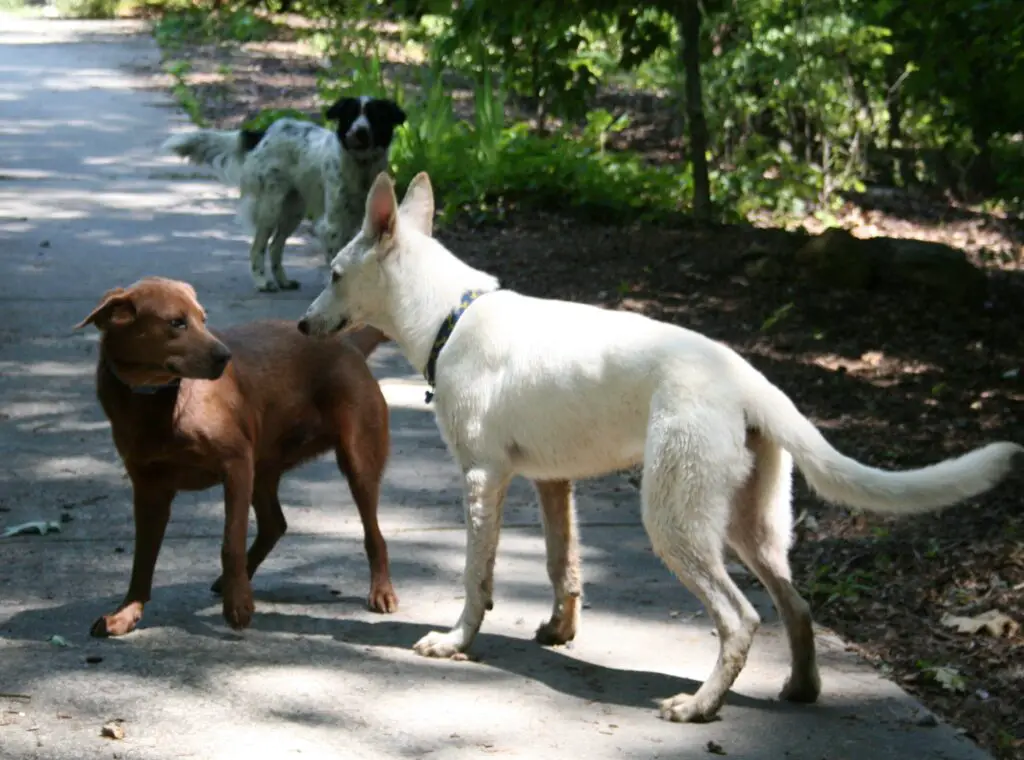
Dogs don’t care how old they are. If there’s a ball, a treat, or a walk involved, they’re game. That playful spirit keeps them mentally sharp and physically active, long into their senior years. And unlike humans, they don’t spiral about birthdays or mirror lines.
They stay young by living in the moment, moving often, and loving hard. Fetch? That’s cardio with joy. Tail wags? Built-in stress relief. Even older dogs get the zoomies—and those bursts of energy keep their muscles and minds engaged. The takeaway? Stop acting your age. Be the dog. Run for joy. Sleep like it’s a hobby. Love without keeping score. And for heaven’s sake, wag your metaphorical tail more often.
13. Otters: Keep It Clean and Keep It Moving
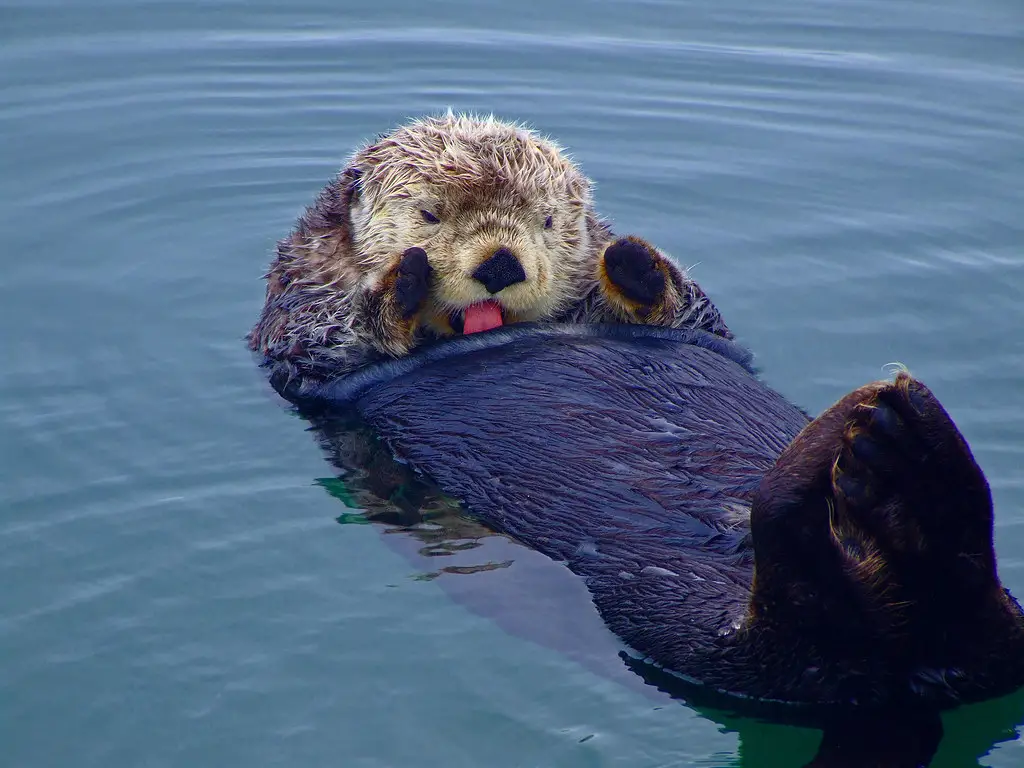
Otters are adorable little hygiene freaks. They groom themselves constantly, keeping fur healthy and skin free of parasites. That obsession with cleanliness also helps regulate body temp and reduce infection risk—crucial for staying youthful.
Plus, they never stop moving. Whether they’re swimming, sliding, or cracking shells with rocks, they stay active and curious. Otters don’t just survive—they thrive. Their lives are basically a loop of play, snack, float, and nap. That joy? That engagement? That’s what keeps their systems vibrant and aging at bay. Honestly, if you’re not living like an otter, what are you even doing? Be curious, stay fresh, and always make time to float on your back.
14. Wolves: Pack Loyalty Preserves Mental Health

Wolves age gracefully because they’re never alone. Pack dynamics provide emotional stability, shared responsibility, and purpose. That sense of belonging keeps stress hormones in check and boosts long-term brain function.
They hunt together, care for each other, and operate as a unit—no solo burnout here. Older wolves often play mentorship roles, staying mentally sharp and physically involved longer than their lone counterparts. Purpose, structure, and social bonds = wolf therapy. They don’t isolate themselves with age—they double down on connection. If you want to age well, build your pack. And howl at the moon once in a while for fun. Loyalty is their skincare routine. And teamwork is their wrinkle cream.
15. Tortoises: The Chillest Longevity Masters on Earth
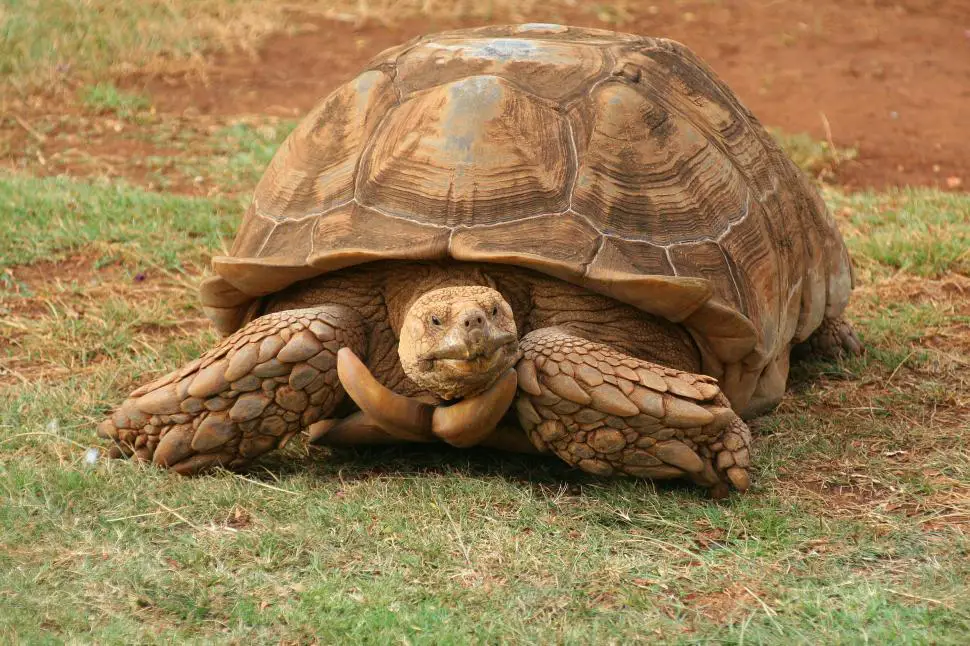
Tortoises don’t rush anything. They live slowly, eat greens, and avoid stress like pros. That lifestyle pays off—some live well over 150 years with minimal health issues. It’s not magic—it’s biology plus vibes.
Their slow metabolism reduces cellular damage, and their calm demeanor means their nervous systems aren’t in a constant state of fight-or-flight. No drama, no spikes in cortisol, just plodding along at nature’s most relaxed pace. They don’t multitask. They don’t diet. They just exist—slowly, deliberately, and peacefully. Maybe the secret to youth isn’t chasing it at all. Maybe it’s just taking your sweet time. Life in the slow lane looks really, really good on them.

